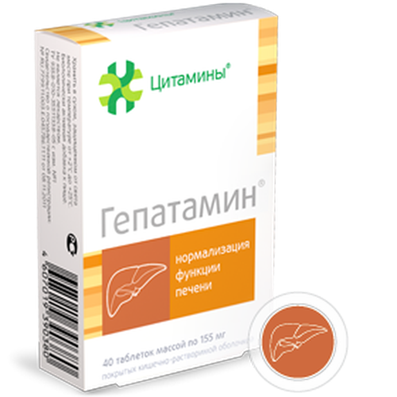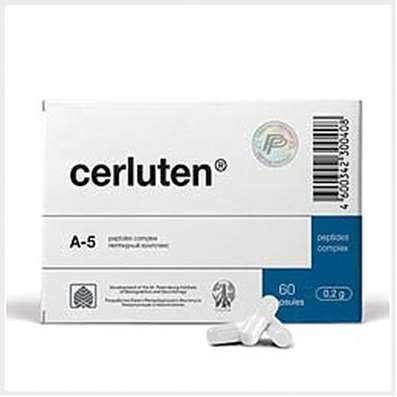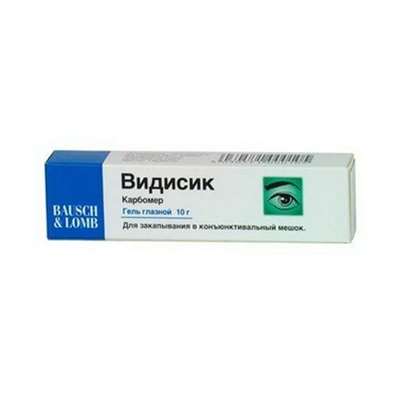Instruction for use: Ringer's solution
I want this, give me price
Dosage form: Solution for infusions
Active substance: Solutio Natrii chloridi composita (Kalii chloridum+ Calcii chloridum+Natrii chloridum)
ATX
B05BB01 Electrolytes
Pharmacological groups
Regulators of water and electrolyte balance and acid-base balance in the combinations
Substitutes for plasma and other blood components in combinations
The nosological classification (ICD-10)
E86 Decreased fluid volume [hypovolaemia]: Water deficit recovery; Indemnification of isotonic deficiency of water; Compensation for isotonic sodium deficiency; Compensation BCC; Replenishment of water deficit with stored KShS; Replenishment of fluid volume; Replenishment of BCC; Replenishment of electrolytes with stored KHS; Hypovolemic conditions; Hypovolemic condition; Hypovolemia; Hypotonic form of hypohydration; Hypochloremia with dehydration; Dehydration of different origin; Dehydration in children; Substitution of plasma volume for blood loss in pediatrics; Substitution of plasma with its losses and burns; Isotonic dehydration; Isotonic form of hypohydration; Violation of the water-salt balance; Dehydration;Dehydration in acute intestinal infections; Acute hypovolemia; Loss of fluid in burns; Toxicosis with exsycosis
E87 Other disturbances of water-salt and acid-base state: Violation of acid-base balance; Water-electrolyte disturbances; Compensation for isotonic sodium deficiency; Replenishment of electrolytes with stored KHS; Deficiency of water and electrolytes; Depletion of alkaline blood reserve; Violation of the water-salt balance; Violation of water-salt metabolism; Violation of water-electrolyte exchange; Violation of KHS; Violation of electrolyte balance; Violations of the water-salt balance; Violations of the water-electrolyte state; Violations of the electrolyte balance; Loss of salts and fluids in diarrhea; Extracellular dehydration
I95 Hypotension: Arterial hypotension; Arterial hypotension; Age-related hypotension; Hypotension arterial; Hypotonic disease; Hypotonic reactions; Postural hypotension; Symptomatic hypotension; Essential hypotension
K59.1 Functional Diarrhea: Diarrheal Syndrome; Diarrhea; Diarrhea with prolonged enteral feeding through the probe; Prolonged diarrhea; Nonspecific diarrhea; Acute diarrhea; Syndrome of diarrhea; Functional diarrhea; Chronic diarrhea; Diarrhea with an electrolyte balance disorder; Chronic diarrhea; Diarrhea of non-infectious genesis; Diarrhea after a gastroectomy; Diarrhea in children; Persistent diarrhea; Diarrhea (diarrhea); Enterocolitis of non-infectious origin
R11 Nausea and vomiting: Postoperative vomiting; Nausea; Vomiting; Vomiting in the postoperative period; Vomiting medication; Vomiting in the background of radiation therapy; Vomiting uncontrollable; Vomiting in radiation therapy; Persistent vomiting; Indomitable vomiting; Postoperative nausea; Vomiting with chemotherapy; Vomiting of the central genesis; Vomiting with cytotoxic chemotherapy; Persistent hiccups; Repeated vomiting
R57 Shock, not elsewhere classified: Obstructive shock
T30 Thermal and chemical burns of unspecified site: Pain syndrome with burns; Pain in burns; Pain with burns; Sluggishly healing post-burn wounds; Deep burns with a wet scab; Deep burns with abundant compartments; Deep burn; Laser burn; Burn; Burn of rectum and perineum; Burn with mild exudation; Burn disease; Burn injury; Superficial burn; Superficial burn of I and II degree; Superficial skin burns; After-burn trophic ulcer and wound; Post-burn complication; Loss of fluid in burns; Sepsis burn; Thermal burns; Thermal skin lesions; Thermal burn; Trophic after-burn ulcers; Chemical burn; Surgical burn
T33-T35 Frostbite
T79.4 Traumatic shock: Haemorrhagic shock; Crash Syndrome; Posthemorrhagic shock; Postoperative shock; Post-traumatic shock; Post-traumatic shock; Traumatic shock; Syndrome of hemorrhagic shock and encephalopathy
T81.1 Shock during or after the procedure, not elsewhere classified: Operating shock; Postoperative shock; Operational shock
Composition and release form
Solution for infusion - 1 liter
Sodium chloride 8.6 g
Calcium chloride 0.33 g
Potassium chloride 0.3 g
Auxiliary substances: sodium hydroxide; Hydrochloric acid; water for injections
(Corresponding to: sodium (Na +) - 147 mmol, potassium (K +) -4 mmol, calcium (Ca2 +) 2.25 mmol, chloride (Cl-) 155.6 mmol)
Theoretical osmolarity - 309 mosmol
In plastic bottles of 500 ml; In a pack of cardboard 1 bottle.
Description of dosage form
Clear colorless solution.
Pharmachologic effect
Mode of action - Replenishing the deficit of energy substrates in the body.
Compensation of deficiency of extracellular fluid, basic electrolytes.
Indications of the drug Ringer's solution
Deficiency of extracellular fluid (in the absence of the need for compensation of erythrocytes): shock, collapse, burns, freezing, vomiting, diarrhea.
Contraindications
Decompensated heart failure, pulmonary edema, oliguria, anuria.
Dosing and Administration
IV, by drop infusion, in a dose of 500-1000 ml / day, the average injection rate is 3 ml / kg / h or 70 drops / min or 250 ml / h. The total daily dose is up to 2-6% of body weight.
Storage conditions of the drug Ringer's solution
At a temperature of 15-25 ° C.
Keep out of the reach of children.
The shelf life of the drug Ringer's solution
3 years.
Do not use beyond the expiration date printed on the package.

 Cart
Cart





